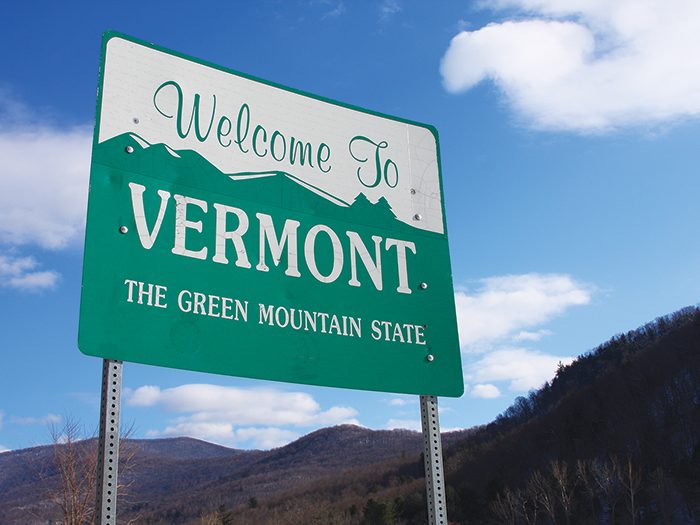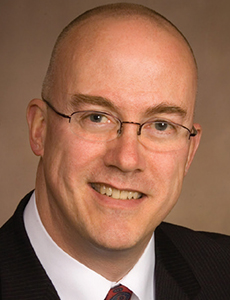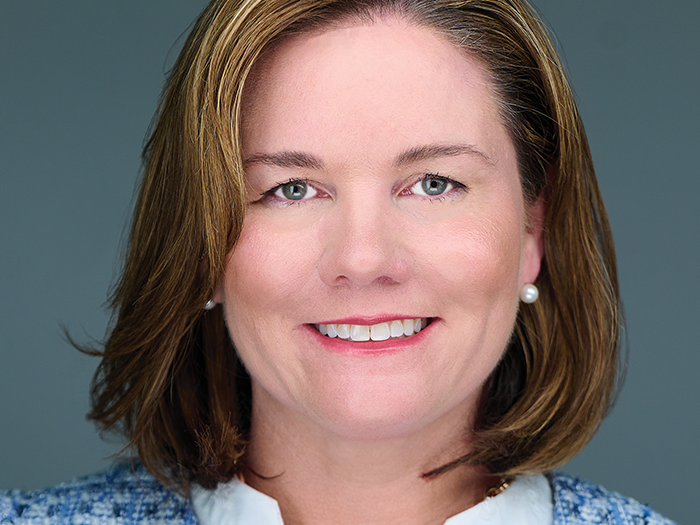Captive Owners Ready to Make a Move Find a Sweet Spot in Vermont

For a family, moving from one house to another can be a long, complicated, expensive, even traumatic event. For a captive insurance company, changing domiciles is usually far less fraught.
Advisors recommend reviewing all parts of a program, including the domicile, every few years. In that process a notable net gainer has been the State of Vermont, which is the third largest captive domicile in the world. Over the past two decades the pace has waxed and waned, but the Green Mountain State has three arrivals for every two departures.
To be sure, due diligence can and should take months, but once the formal transfer process has begun, it can take as little as four to six weeks.
A recent case study is PCH Mutual, a risk-retention group owned by its 1,450-member insureds that are mostly small companies providing in-home and assisted-living care. It was formed in 2004 with a domicile in Washington D.C. on the recommendation of the insurance manager at the time for a captive-friendly jurisdiction.
“We began discussions on shifting the domicile more than two years ago when I was still outside counsel,” said Julie Bordo, now president and general manager of PCH Mutual.
“We wanted to move because of our growth, and because we wanted to have our situation understood, the nuances of our operation appreciated. When it came to the board, Vermont was seen as a more favorable domicile because of the high level of expertise for captives. There is a high level of talent and engagement, based on my observations.”
“[Our companies] are not simply looking for low taxes or a rubber stamp. We are dealing with sophisticated insureds who want to be in a jurisdiction that works at the speed of business and that regulates in a manner commensurate to the risks being underwritten.” — Ian Davis, director of financial services, Vermont Department of Economic Development
Bordo took the helm at PCH in July 2016 and the first act of her presidency was redomestication. The formal package was assembled through autumn, and the captive was operating in Vermont before the end of the year.
“It was seamless,” she said.
“I attribute that to our team. The regulators told us that they appreciated a clean package, and we got approval in less than a month from filing.

David Provost, deputy commissioner of captive insurance, department of financial regulation, Vermont
“I was also impressed that Dave Provost [the deputy commissioner for captive insurance] offered to attend our first board meeting in Vermont, which was in conjunction with the Vermont Captive Insurance Association meeting. After a full week of VCIA, he was indeed there at our meeting, bright eyed and bushy tailed.”
That level of involvement “was a visible step up from our relationship with the regulator in our previous domicile,” added Bordo.
“The Vermont vision for our industry is appreciated by the regulated community.”
She is also on the board of the National Risk Retention Association, and chair of the group’s annual conference.
Regulatory Nuances of Redomestication
It is important to note that while Vermont has been successful in expanding its presence as a major domicile for captive insurance, it is no flag of convenience.
“We look at officers and directors,” said Provost.
“We look at governance and at the captive’s insureds — which is usually only one.”
He added that “we have to be sure what the prospective captive is doing is legal in Vermont. The two primary reasons that we have had to refuse a redomestication are if it is a line of businesses that is not allowed under the laws of Vermont and also if it does not fit our philosophy of what we think a captive is and does.”
The regulated community appreciates that maintenance of standards, Provost said.
His office is part of the state’s Department of Financial Regulation, and his team includes consulting actuaries to review all business plans for captives being formed.
“If the redomestication is of an already-existing entity, then it has proven feasibility. In that case, the process can take just a few weeks. We have a fairly set process on our end, because we see several a year. Other jurisdictions may not be so familiar with outgoings.”
One case in point is the big neighbor just to the west.
“New York is very difficult for a captive to leave,” Provost noted.
“Their laws essentially do not allow redomestication, so in the cases of captives that want to come from there, they have to form a new captive shell in Vermont and then merge the operations.”
He stressed that he was not disparaging New York, simply noting differences.
“If you run a captive, you should be reviewing your domicile every few years, even if you are happy with it,” said Provost.
“There are geographical and practical reasons for moving, as well as economic and philosophical. We have seen captives come here from everywhere and leave here to everywhere. Redomestication goes in cycles. Since 1983, we have had 88 move in and 56 move out.”
That equates to two or three incoming a year, versus one or two departures, for a steady net gain every year. As of this reporting Vermont is home to 580 captive insurance companies, including 22 that are inactive.
In 1981, Vermont was one of the first states to adopt legislation enabling captive insurers. Over nearly four decades, the state has grown to become the third largest captive domicile in the world, after Bermuda and the Cayman Islands. In that time, about 35 states have enacted legislation authorizing captives, so there is more competition.
Vermont’s Business-Friendly Environment
“Our companies want to be in a domicile that is well-regulated,” said Ian Davis, director of financial services for the Vermont Department of Economic Development.
“They are not simply looking for low taxes or a rubber stamp. We are dealing with sophisticated insureds who want to be in a jurisdiction that works at the speed of business and that regulates in a manner commensurate to the risks being underwritten.”
Davis added, “our captive team works closely together and in partnership with Vermont’s governor and state legislature to make sure that our regulations keep pace with the fast-changing needs of the industry. And, with nearly 40 years of experience regulating captives, we have pretty much seen it all.”
“We have seen captives come here from everywhere and leave here to everywhere. Redomestication goes in cycles. Since 1983, we have had 88 move in and 56 move out.” — Dave Provost, deputy commissioner for captive insurance, State of Vermont
Jeff Kenneson, president of Quest Captive Management, agreed.
“I work in many jurisdictions, and each has its strengths. The regulatory framework in Vermont is particularly good. I am in the process of one redomestication into Vermont now that involves merging several captives.”
For such a complex transaction, Kenneson said he is glad for the “business-friendly attitude and the flexibility of the enabling legislation in Vermont. They get it. We have moved many types of captives to Vermont: workers’ compensation, property and casualty, medical. The moves are generally quite simple, as long as the state that the captive is moving out of can support the move.”
Kenneson said he has also been working with run-off captives, where the owner cashes out or pursues some other end.
“Other domiciles sometimes have difficulty in how to approach that,” Kenneson added.
Vermont also innovates.
Bordo, at PCH, points to a pilot program involving blockchain and efforts to loosen financial investment guidelines for captives. “The industry is fertile ground for innovation because we can try things the major commercial underwriters are not willing to try,” she said. &










